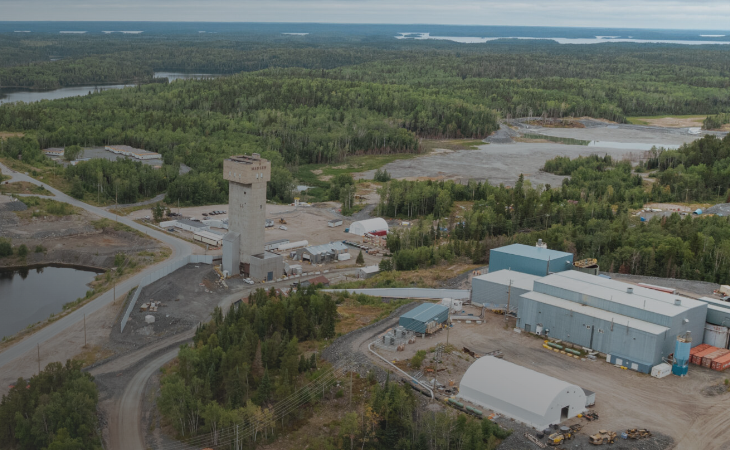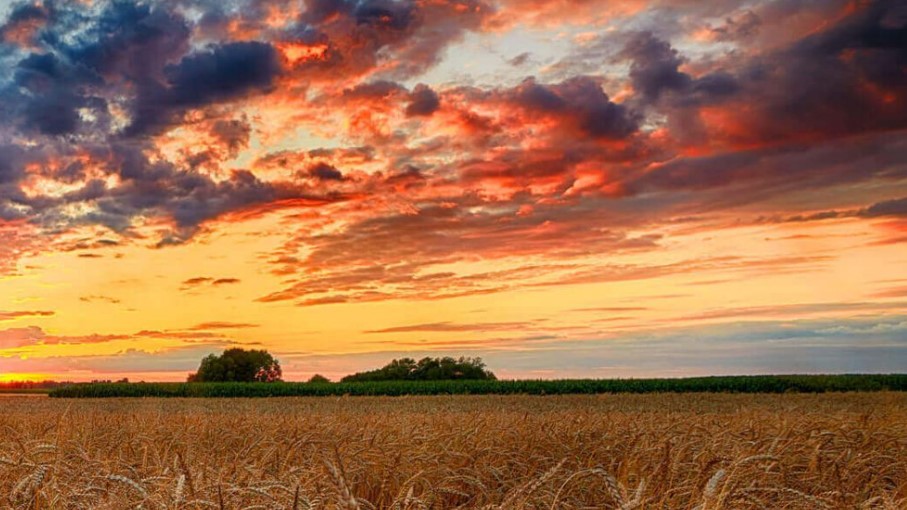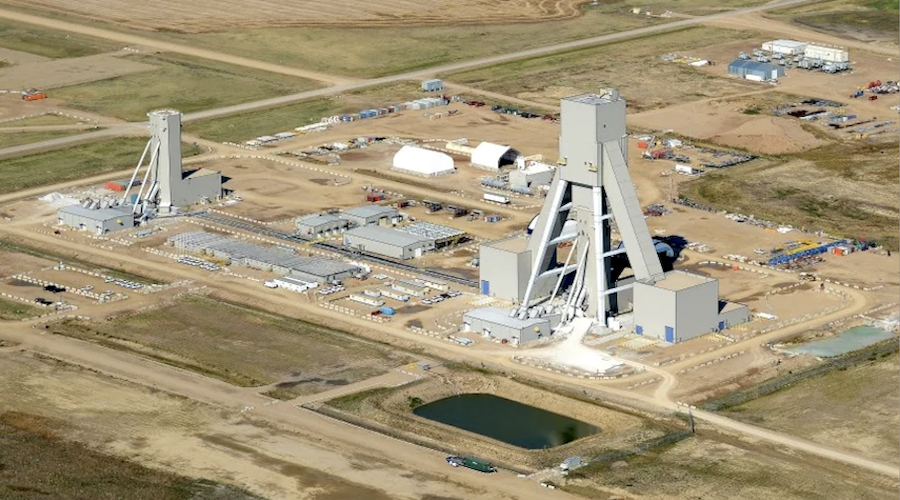VANCOUVER — It has been a busy 18 months for Toronto-based junior Carlisle Goldfields (TSX: CGJ) at its wholly owned, 285 km2 property package across the historic Lynn Lake greenstone belt in northern Manitoba. And Carlisle has now delineated three maiden gold resource estimates following an active exploration campaign in late 2012, which established the foundation for a preliminary economic assessment (PEA) released on Dec. 2.
Carlisle's open pit mine plan models a central milling facility at Lynn Lake that would process "ore" from four distinct gold deposits at a rate of 10,000 t/d. Over the past 12 months the company added the Burnt Timber and Linkwood satellite discoveries to its global measured and indicated resources, which now total 40 million tonnes grading 2.10 g/t Au for 2.7 million contained oz.
The mine would incorporate Burnt Timber and Linkwood along with the past producing MacLellan and Farley Lake mines, and carry development costs of around $274 million. Lynn Lake would crank out around 175,000 oz of gold annually over a 13 year life, assuming an average, life-of-mine grade of 1.94 g/t Au. Pre-tax average operating costs are estimated at $659 per oz net of silver by-product credits.
The operation would carry a pre-tax net present value (NPV) of $625 million at a 5% discount rate along with a 34.4% internal rate of return and a 2.4-year payback period. Assuming a base case of US$1,300 per oz. gold, Lynn Lake would generate around $604 million in net cash flows.
President and CEO Bruce Reid explained in a prepared statement that the current PEA outlines a more "long term" development option at Lynn Lake that incorporates its four core deposits, though he points out that Carlisle will also be moving forward with a smaller economic study that will be limited to the higher grade MacLellan and Farley Lake resources. MacLellan holds 8 million measured tonnes grading 2.13 g/t Au, while Farley Lake hosts 5 million indicated tonnes grading 3.45 g/t Au.
On Nov.13 Carlisle announced it had firmed up an option agreement at Farley Lake with fellow junior Canadian Orebodies (TSXV: CO) in order to generate additional capital for resource drilling. Canadian Orebodies must chip in $800,000 in exploration expenditures by the end of the year to earn a 10% stake.
Carlisle continues to consolidate its land position at Lynn Lake. The company announced in mid-June that it had optioned the Johnson & Johnson property, which Reid described as the "last piece of the puzzle" in the Johnson shear, where Carlisle had prior successes with Burnt Timber and Linkwood. In order to earn a 100% interest in Johnson the company must spend $2 million in exploration by June 2016, and make staged cash payments totalling $2.2 million.
Johnson was previously drilled in the 1980s, with historic data highlighted at the Foster Chopper veins, where hole F87-7 cut 2.8 g/t Au and 3.4 g/t Ag over 5.9 metres.
Carlisle reported $778,000 in cash at the end of August after it completed a $1.45 million private placement in late June wherein it issued 24.2 million units at a price of 6¢ per unit.
The company has traded within a 52-week range of 4¢ and 17¢, and closed at 4.5¢ per share at the time of writing. Carlisle maintains 228 million shares outstanding for a $10.24 million press time market capitalization.
To go to the Northern Miner website, click here





Comments